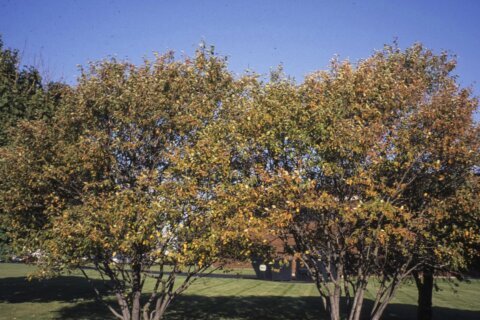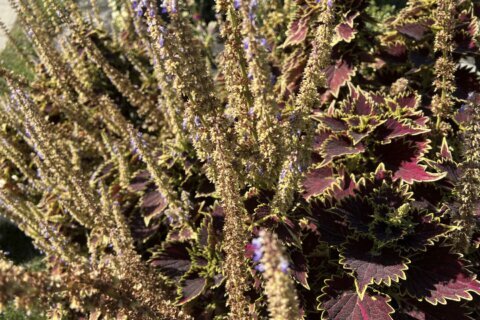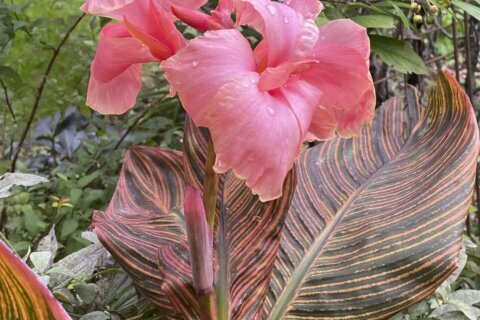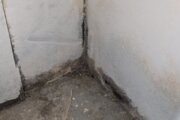Growing a lush lawn in the desert can feel like a losing battle. With the proper care, the warm-season Bermuda, zoysia and bahia grasses can hold up fairly well during summer, but when the weather cools enough to actually enjoy those lawns, they transform into a dormant carpet of straw.
It’s no wonder many homeowners gardening in arid climates use gravel instead of plants, or opt for artificial turf for a green front yard.
Those are two ways to bring low-maintenance greenery to challenging desert zones, but plastic-based grass isn’t biodegradable. It absorbs and retains heat and, contrary to popular belief, requires regular maintenance. It also will need to be discarded at some point.
Fortunately, there are several tough, low-growing groundcovers that perform well in arid climates. They may not be able to handle the foot traffic of artificial turf, but they attract beneficial insects and, in many cases, bloom to improve your home’s curb appeal.
RECOMMENDATIONS
Consider, for example, desert marigold (Baileya multiradiata), a drought-tolerant, foot-tall, blooming groundcover with pretty yellow blossoms atop silvery foliage in spring. Although technically an annual, the plant will self-sow once established. Still, I would reseed the area annually to keep the display lush.
Gold Mound lantana (Lantana camara) is a 2-foot-tall, bushy plant that, when planted en masse, can fill an entire bed. Its yellow flowers bloom on and off from spring through fall in full to part sun, and it has low to moderate water needs.
Its cousin, trailing lantana (Lantana montevidensis), grows horizontally along the ground, its purple blossoms brightening the garden year-round. It has moderate water needs and prefers full sun, but can tolerate partial shade. Prune back dead stems in spring.
Trailing indigo (Dalea greggii) is a long-lived, densely mounded groundcover with blue-gray foliage and pink or purple pea-shaped flowers. It blooms from spring through summer in full or filtered sunlight. The plant, which can spread to 10 feet wide, has very low water needs but benefits from supplemental watering while in bloom.
Silverbush (Convolvulus cneorum) is a fast-growing, 2-foot tall, drought-tolerant evergreen that, in the desert, blooms profusely for about two weeks in spring. Its yellow-centered, showy white flowers somehow make a hot garden seem cooler, and its silvery foliage combines nicely with cactuses and plants with dark green leaves the rest of the year. Plant it in full sun to part shade.
White evening primrose (Oenothera caespitosa) is absolutely covered in blooms from spring through summer, but they are only open from late afternoon through morning. The fragrant white blossoms mature to light pink, and then darken to deep pinkish-purple before shriveling, often resulting in an eye-catching mix of three different-colored flowers in various stages of maturity simultaneously present. The plant has moderate water needs and performs best in full sun to part shade.
PLANTING AND CARE
Early spring is the best time to plant these groundcovers in desert climates.
Gently loosen the soil to about a foot deep, removing rocks and fragments to allow a clear path for roots. Follow the spacing recommendations on plant tags. Water after planting, then apply about 3 inches of shredded bark mulch or wood chips around plants to keep soil temperature even, discourage weeds and help retain moisture.
The best time of day to water garden plants is in the morning. To avoid root rot, water only when the soil dries out, but don’t allow it to remain dry for long.
Drip-irrigation systems and soaker hoses are ideal, as they direct water to the plants’ roots, where it’s most needed. That reduces waste while keeping foliage dry and your desert garden thriving.
—-
Jessica Damiano writes a weekly gardening column for the AP and publishes the award-winning Weekly Dirt Newsletter. You can sign up here for weekly gardening tips and advice.
___
For more AP gardening stories, go to https://apnews.com/hub/gardening.
Copyright © 2024 The Associated Press. All rights reserved. This material may not be published, broadcast, written or redistributed.







